Religion literacy course is an eyeopener for educators
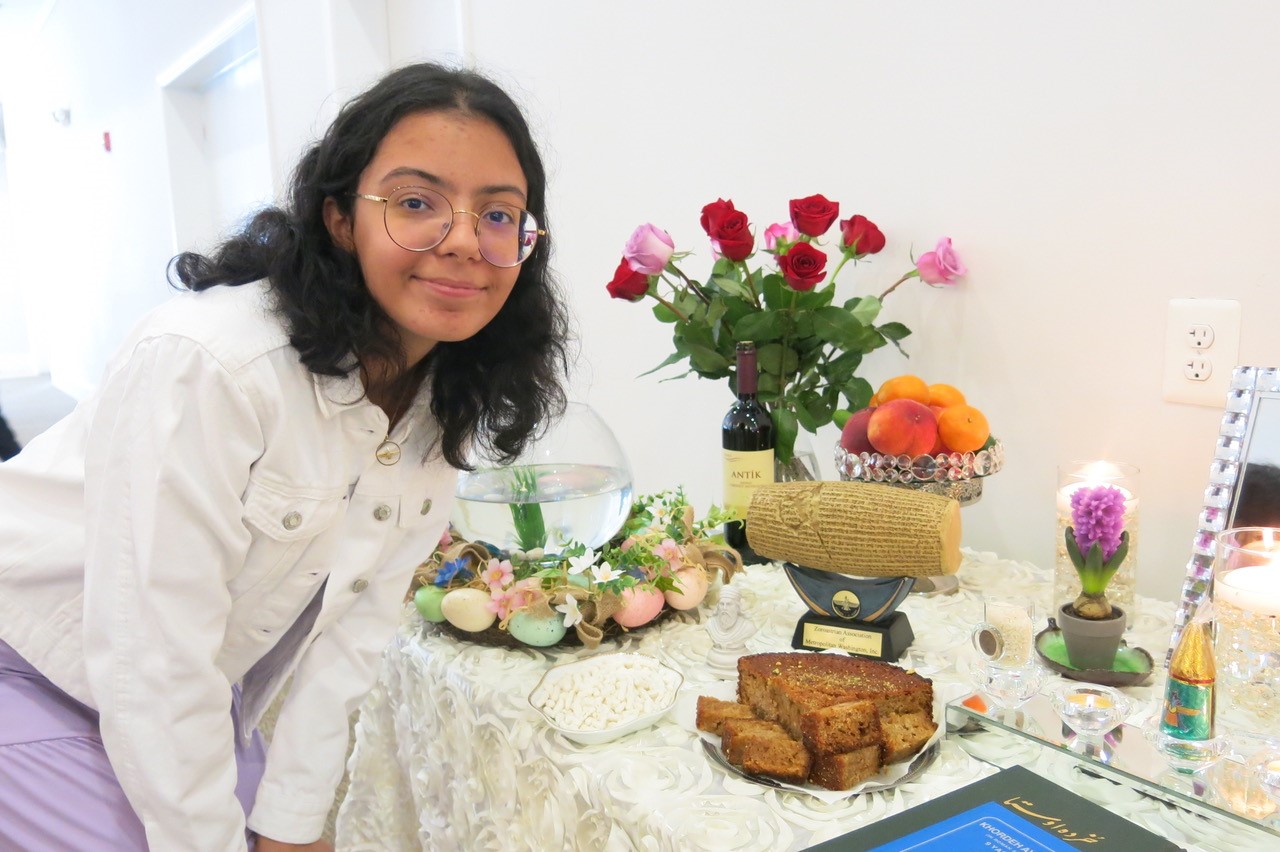
Maryland’s nearly 900,000 public school students will soon be heading back to school. Over the summer, teachers in every jurisdiction have taken courses to help them face the many challenges in the classroom. Thirty-five signed up for Religion Literacy for Educators, a five-day bus tour through the religion landscape of Montgomery County.
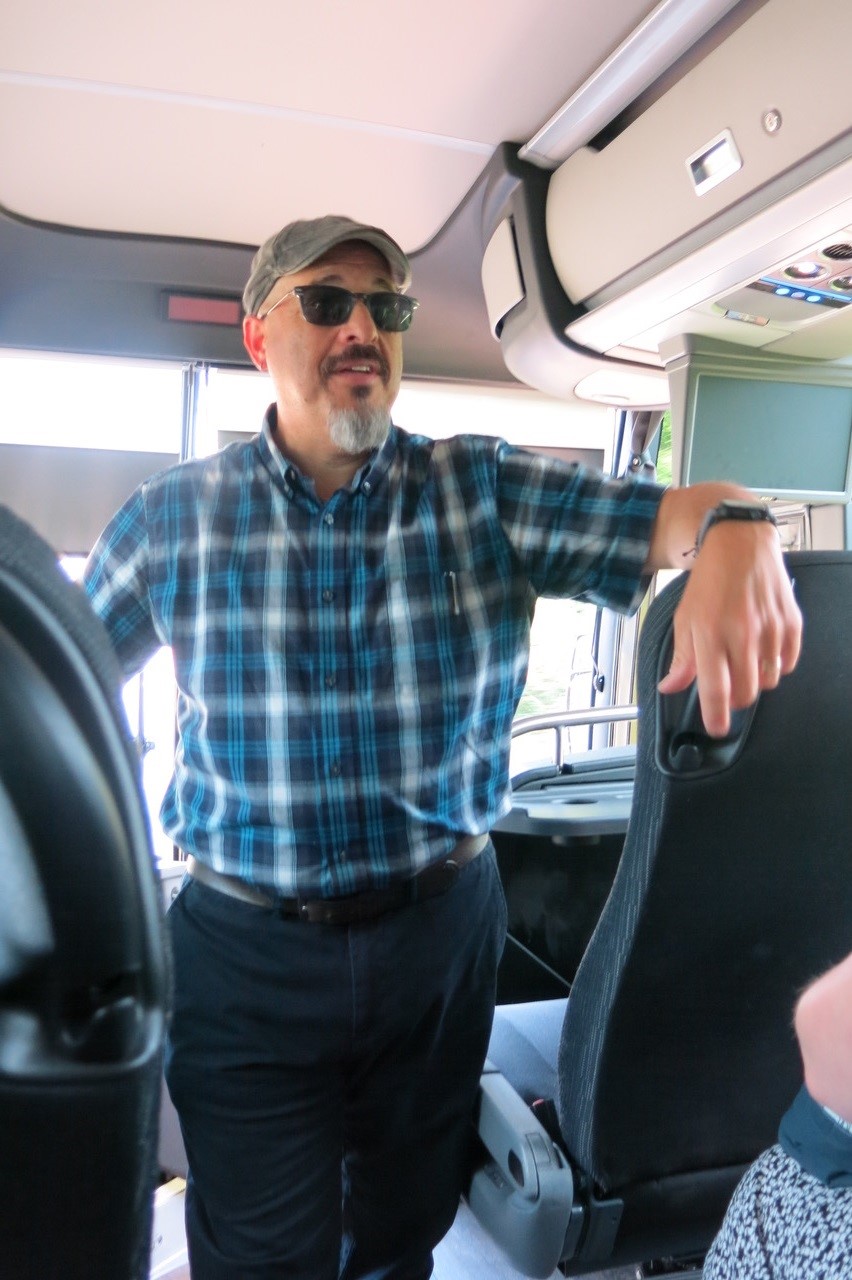
Mitchell Joy, a history teacher at Walter Johnson High School, has offered Religious Literacy for Educators, a summer course for teachers, since 2018. Photo by Rosanne Skirble.
The course grew out of a 2-day summer workshop that Mitchell Joy, a history teacher at Walter Johnson High School, has offered since 2018. Last week the educators spent a morning or an afternoon exploring Judaism, Islam, Hinduism, Zoroastrianism, Buddhism, Christianity, and Sikhism and meeting people of those faiths based on Joy’s many years teaching comparative religion.
“We wanted to have the ability to go and visit houses of worship, and to have a really immersive experience, to get people to listen to what people believe, but also asking speakers to discuss how their practice is impacting the classroom,” Joy said. “The classroom is [also] a place where you can expand emotional and intellectual growth, and that best happens when people are exposed to different ideas and not threatened by that.”
‘All the hates are coming into the classroom’
According to a national audit by the Antidefamation League in 2022, Maryland ranked 10th in terms of the greatest number of antisemitic incidents, with Montgomery County accounting for nearly 60% of those across the state. Rabbi Abbi Sharofsky, the director of intergroup relations for the Jewish Community Relations Council of Greater Washington, described what many had already seen or heard in their own schools and communities – police cars in front of synagogues, antisemitic slurs, swastikas on buildings, and the hateful ‘Jews not welcome’ message written on the front door of Walt Whitman High School.
“So, they are already coming into the school year feeling this in the pit of their stomach,” Sharofsky said. “And the classroom teacher has to deal with not just one community of faith, but also racism and everything, Islamophobia, and anti-Asian hate. Yes, all the hates are coming into the classroom at the same time, and it’s an impossible juggling act.”
With Sharofsky were three Jewish students, among a corps of Jewish youth who volunteer to speak about their faith as part of JCRC’s Student to Student outreach program. Their audience that day was teachers.
“I know they are trying to listen and make changes based on what they hear,” said Mattie P., a rising junior.
Nathan G., currently filling out college applications, said the effort is worth it. “This kind of education makes teachers better prepared to talk about these subjects, and helps them create a classroom environment that’s more welcoming and more open to all students.”
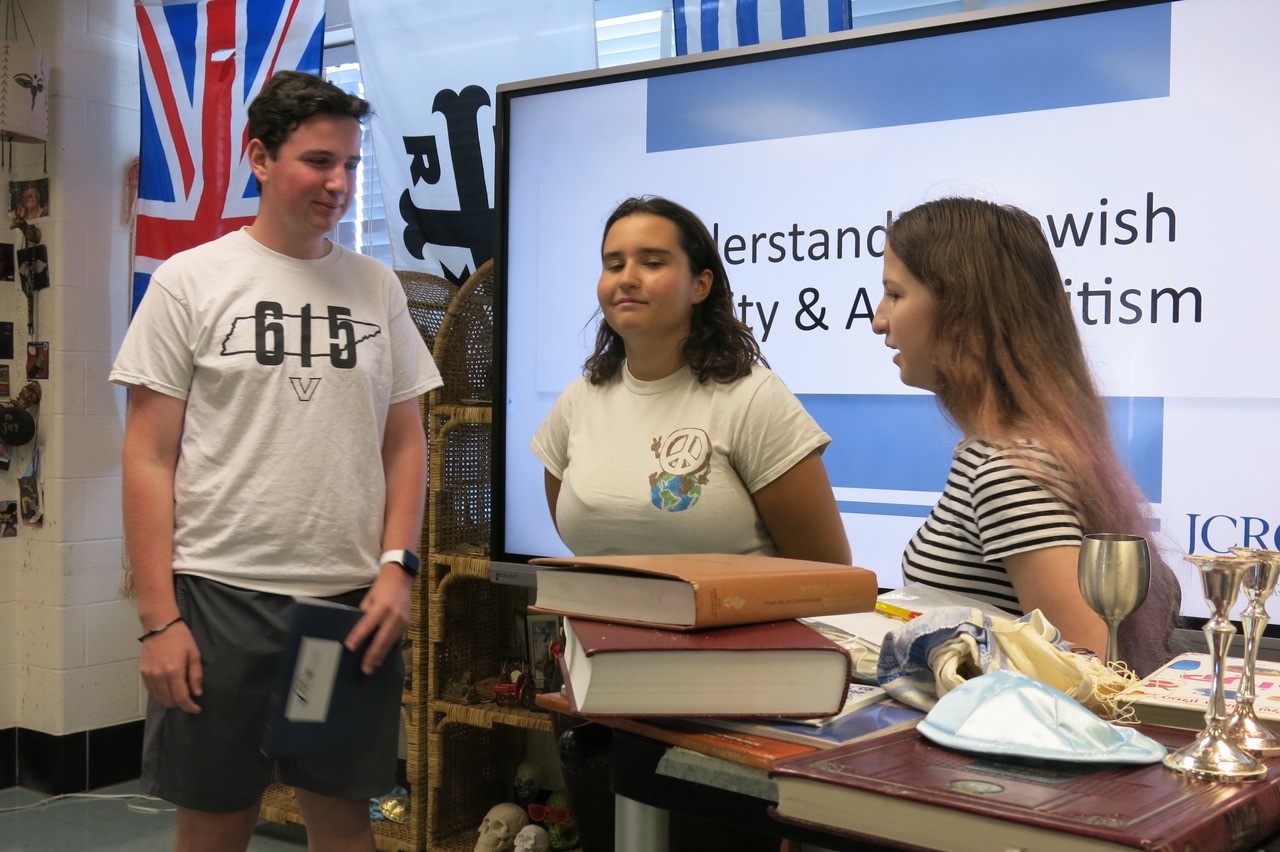
1. Jewish students (l-r) Nathan G., Dahlia F. and Mattie P. discuss their Jewish identity and reaction to antisemitism as volunteers with the Jewish Community Relations Council of Greater Washington. Photo by Rosanne Skirble.
Dahlia F., who is headed for Kenyon College this fall, said speaking out gives her a greater sense of confidence. “I am able to express myself, to say what needs to be said and that people will listen to me,” she said. “It makes me feel safer, it’s a tool in my back pocket that students like myself can share without fear.”
To think a good thought, to speak a good word, to do a good deed, is the best
Back on the bus in mid-week, the group headed to the Zoroastrian Center, located in a quiet neighborhood in Boyds, near the Montgomery County Agricultural Reserve. More than a dozen association members greet them, to share the traditions of this ancient monotheistic religion, that predates Islam. On this day they are told by its leaders that the religion accounts for 200,000 members worldwide, including the 400 who worship in Boyds and trace their heritage back to Iran or India.
The teachers are invited into a prayer room filled with natural light to listen to chanting from a sacred prayer in Avestan, an extinct language passed down by oral tradition, which Zoroastrians learn by rote.
Afterward the educators move to a great hall for lunch, with members joining them to continue the conversation, including Rubina Patel, who shares the teaching that to think a good thought, to speak a good word, to do a good deed, is best. “I think one of the strengths of Zoroastrianism, is that it’s a reflective religion,” she said. “It is each individual’s responsibility to make this world a better place or leave a place in a better condition than they found it.”
Fourteen-year-old Pourochista Izadyar is there too. She points out the many symbols of the two-winged figure, the Farvahar, she wears around her neck, which, she said makes her religion special. She said in school she’s often the only Zoroastrian, and hasn’t wanted to be singled out. “When I was younger, I would tell them, I was American, born and raised, but now as I grow up, I’ve become prouder of my heritage and feel everyone else should proud of their heritage as well,” she said.
Her message for teachers: “Be accepting. Don’t make [students] feel left out. Learning about [religion] in school makes you feel like, that’s my heritage. That’s my culture right there.”
Cabin John Middle School social studies teacher Vicki Mihailidis gets it. “I’ve been talking with my colleagues, and yes, just to promote that cultural sensitivity,” she said. “I think the main thing we need to do as a teacher is to establish a really safe, comfortable environment in your school, and build relationships with your students, so they do feel seen.”
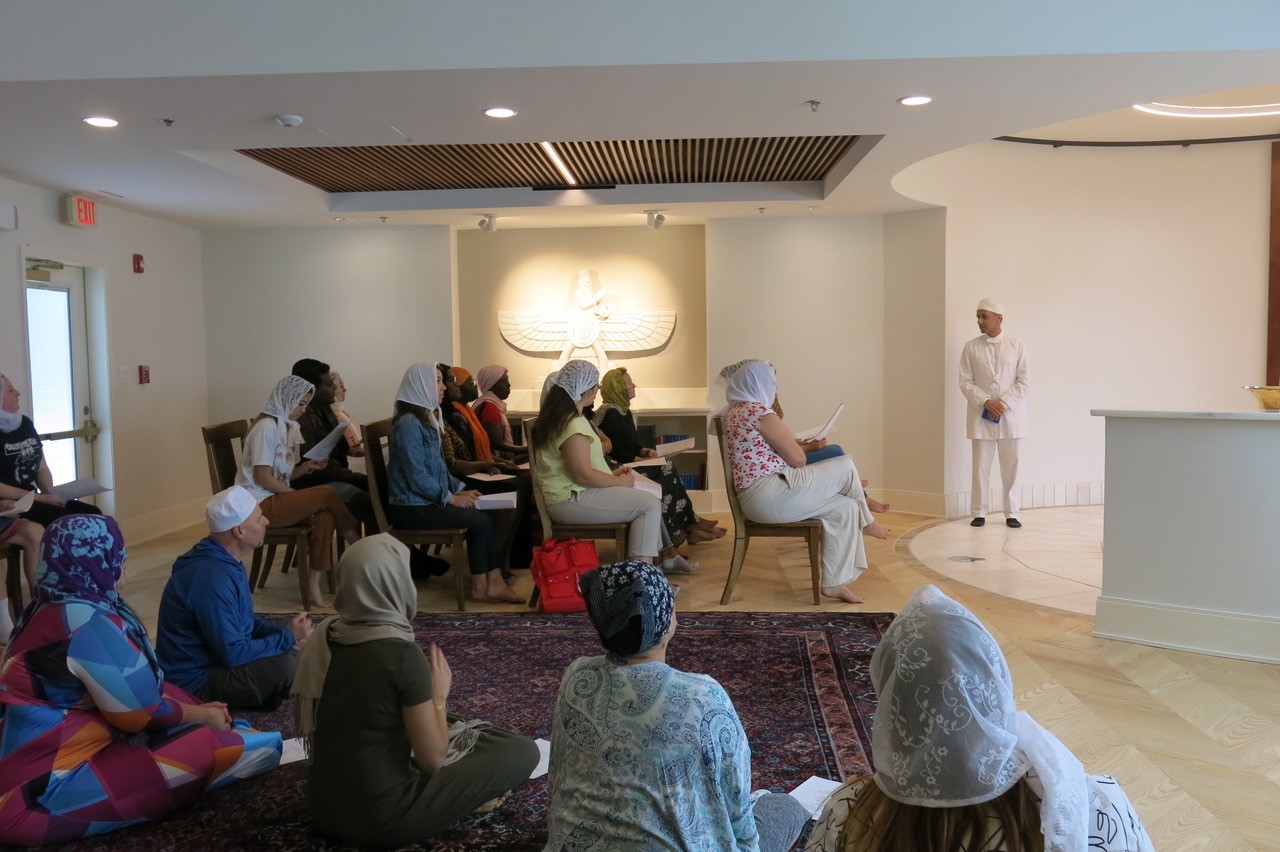
Teachers join Mobedyar Hormuzd Katki in an ancient Zoroastrian prayer. Photo by Rosanne Skirble.
Beyond prejudice, bigotry, misinformation
At the houses of worship, at lunch and on the bus, teachers said that by learning more about various religions, there is less an opportunity for prejudice, bigotry, misinformation or misunderstandings.
This is also what is the heart of the new social studies curriculum being rolled out for grades pre-K-12 beginning in the fall, through the 2025-6 school year. Lessons will connect historic immigration with current events, tailored to the population of Montgomery County. Social Studies supervisor Tracy Oliver-Gary said the curriculum’s alignment with the state mandated social justice standard is intentional.
“We are using this curriculum to fight hate,” she said. “It is telling their story, but we also have to go beyond the oppression, to humanizing people that continuously face hate crimes or hate acts as well. Those are the goals with the curricula.”
“Just being exposed to all of these ideas really enhances a teacher’s ability to communicate more effectively with students and parents of faith,” Joy said. “Many teachers told me they learned so much and are looking forward to the next level of the course next summer.”
Religion Literacy for Educators was sponsored in part by the non-profit Kaur Foundation.
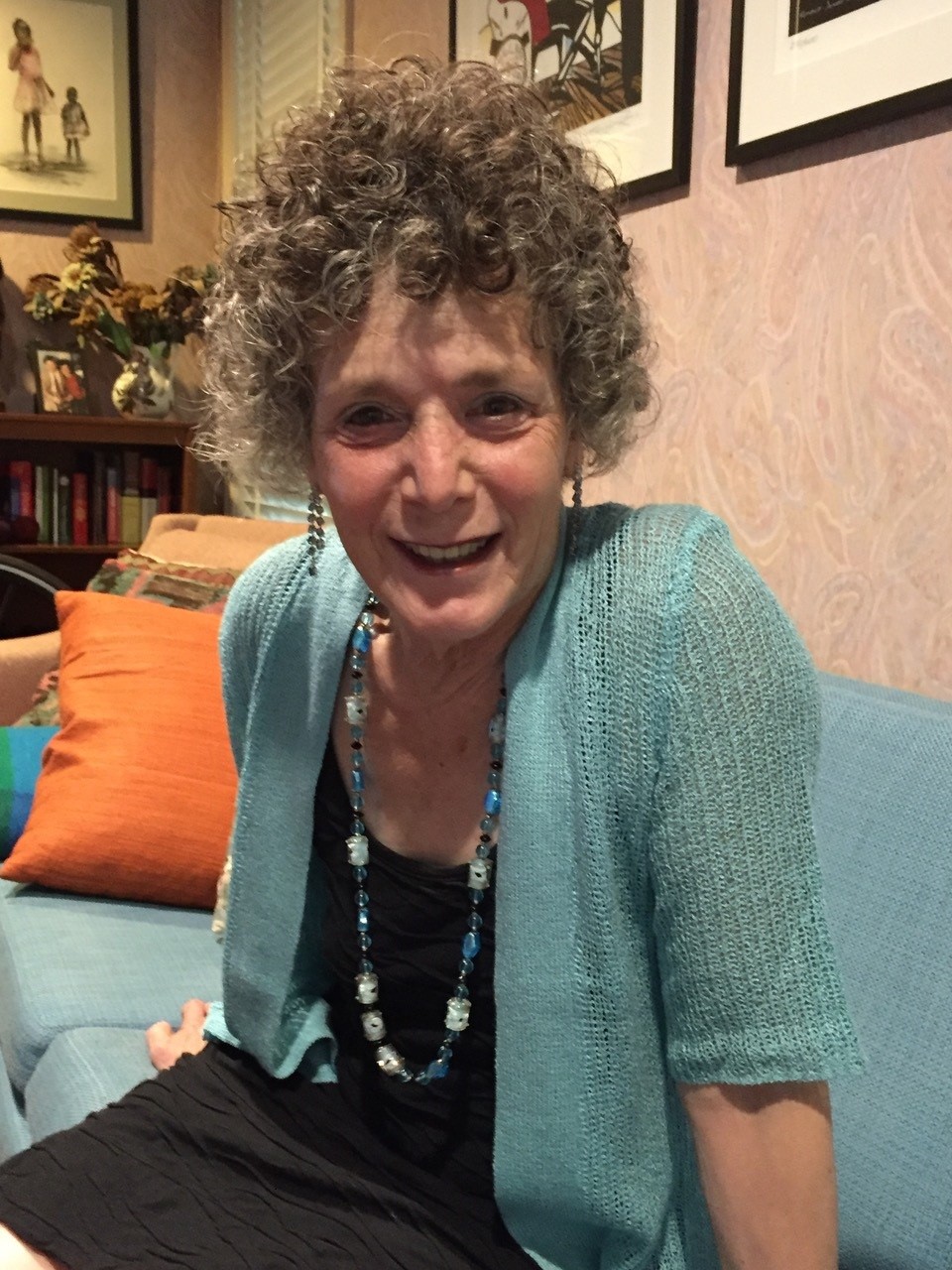

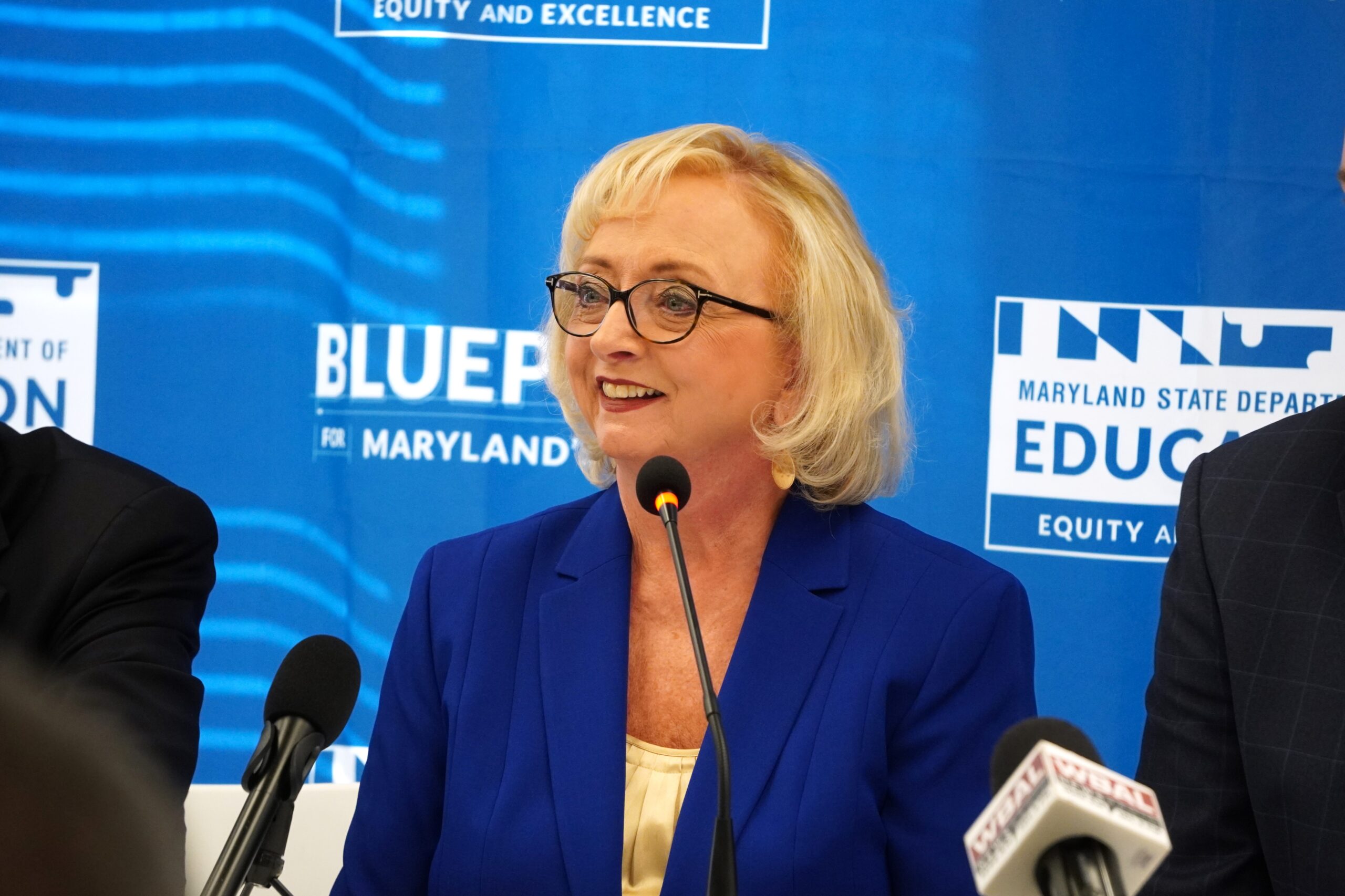
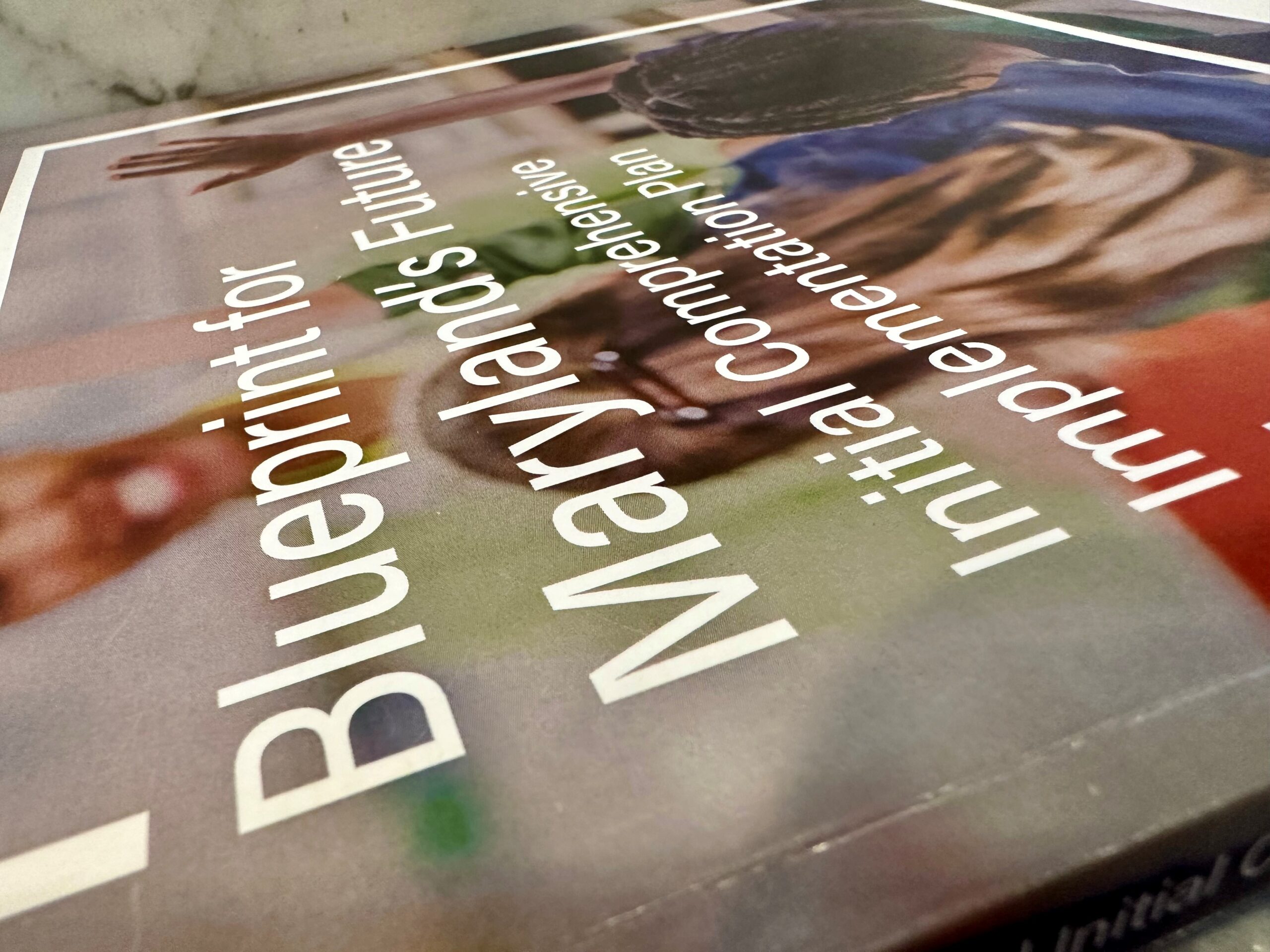
 Creative Commons Attribution
Creative Commons Attribution